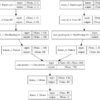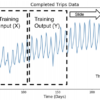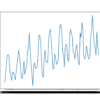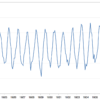Grid searching is generally not an operation that we can perform with deep learning methods. This is because deep learning methods often require large amounts of data and large models, together resulting in models that take hours, days, or weeks to train. In those cases where the datasets are smaller, such as univariate time series, […]










